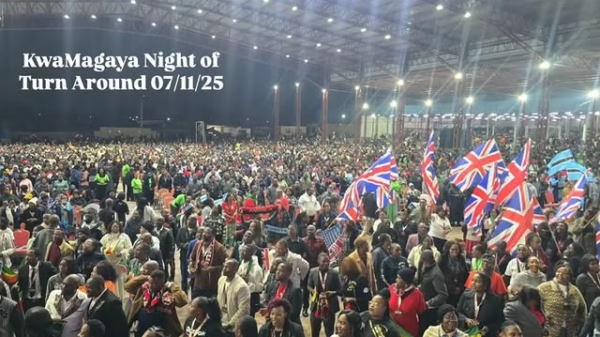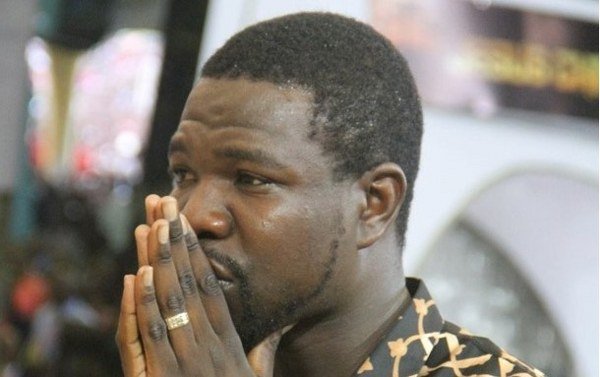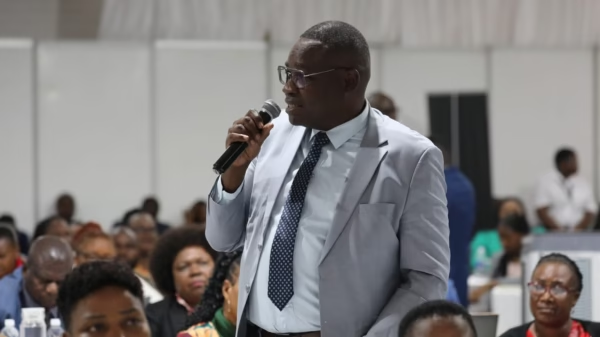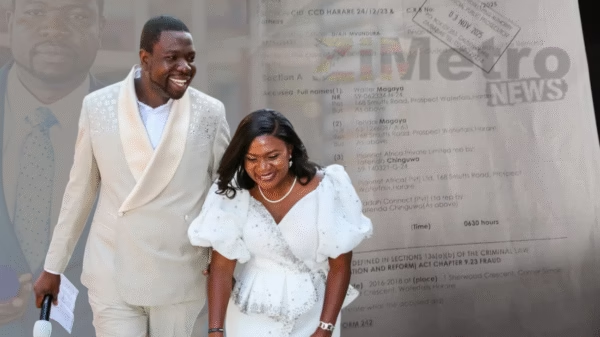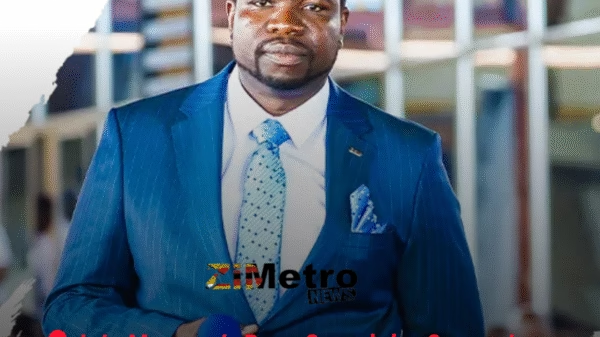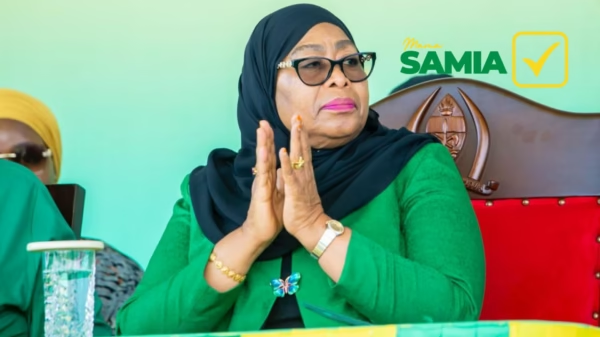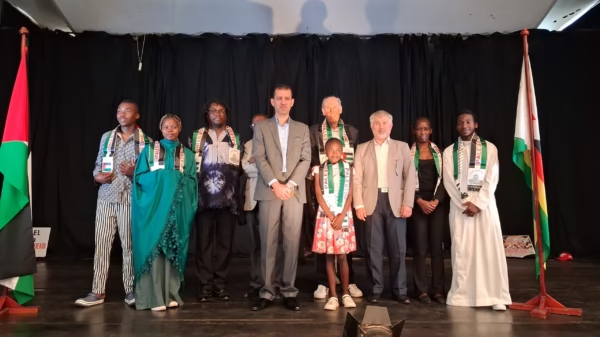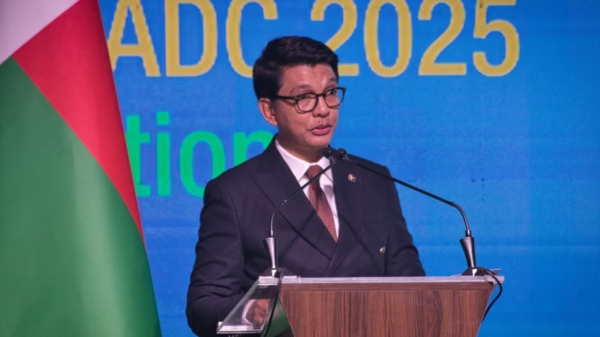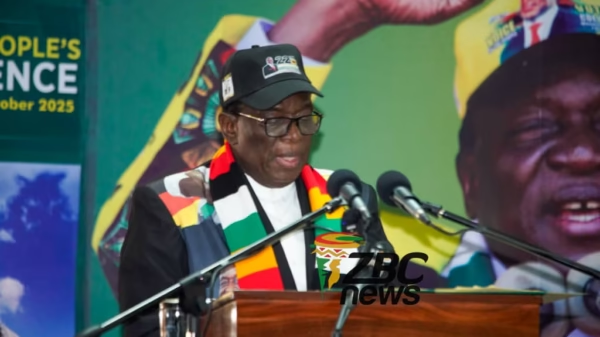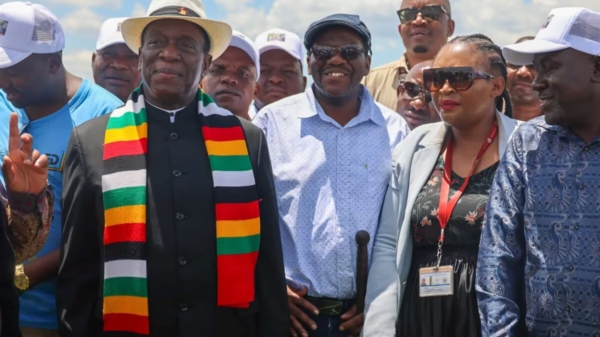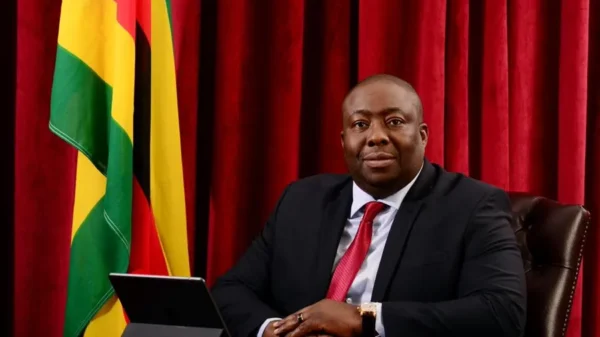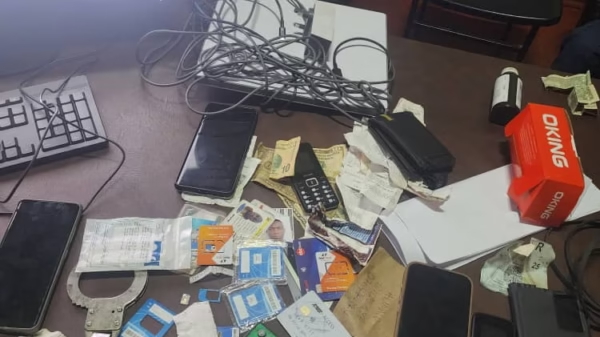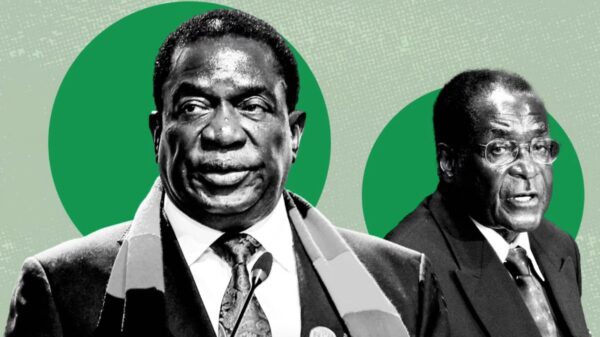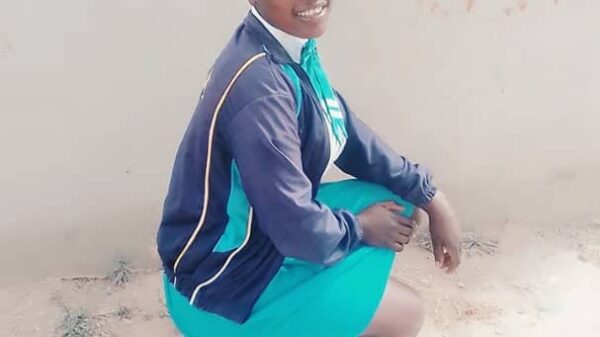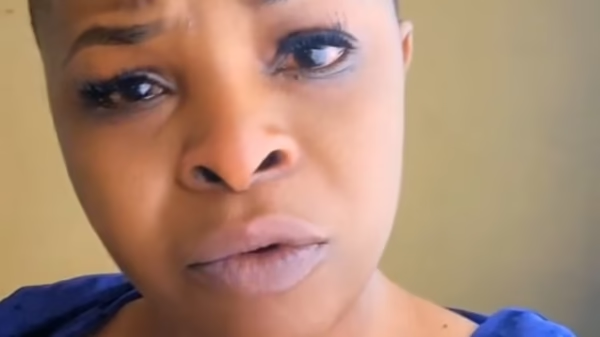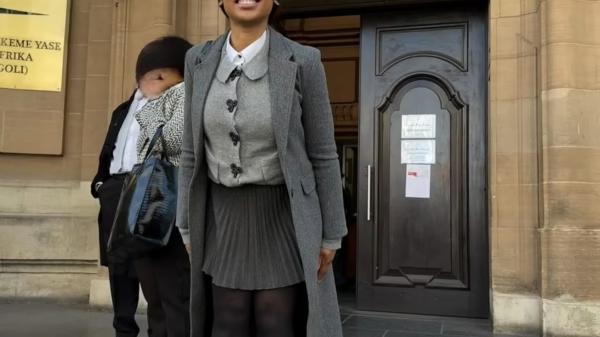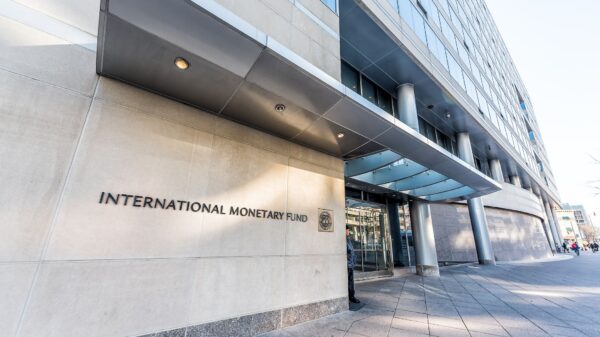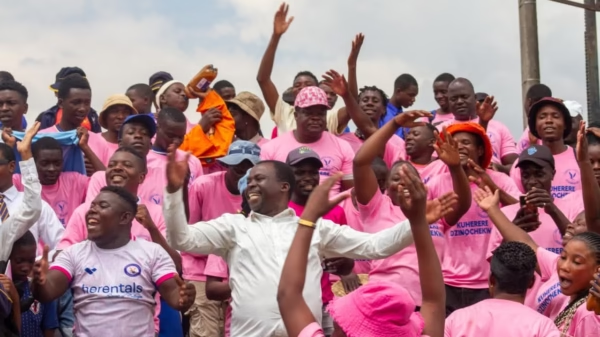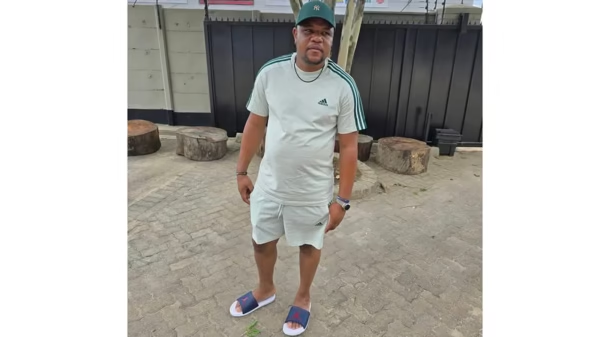For many Bulawayo residents, the sound of rain tapping against their roofs once brought comfort and relief, particularly in a city known for its frequent water shortages.
However, for residents in areas like Sizinda, Emakhandeni, and Cowdray Park, the rainy season has become a source of anxiety rather than hope.
Prisca Moyo, a resident of Sizinda, lives in constant dread as dark clouds gather in the sky. With her home situated in a low-lying area of the suburb, Moyo has seen her yard flooded even with modest rainfall. The situation has worsened to the point where rainwater often seeps into her house, leaving her furniture and belongings soaked.
“Every day when it rains is a battle to get the water out of the house,” she told Saturday Chronicle. “Instead of rejoicing when it rains, I feel like the rains are a curse.”
For Moyo, the flooding has become an all-too-familiar struggle. Her modest two-bedroomed house often fills with water, and the task of drying her furniture and repairing the damage has become a draining routine. Her experience is shared by many other residents of Sizinda, where poor drainage systems contribute to the growing problem.
A snap survey conducted by Saturday Chronicle revealed the extent of the issue, with damp walls and surfaces throughout the neighborhood. Many walls in the area have turned greenish due to the persistent moisture, a sign of algae growth caused by the stagnant rainwater.
Elderly resident Alisto Ndau has also come to terms with the flooding, resigned to the slippery, muddy yard whenever it rains. “There is nothing we can do about the pools of water that form in the yard,” Ndau said.
With a lack of effective drainage infrastructure, residents like him face an uphill battle to manage the water that seems to infiltrate every part of their lives.
In Cowdray Park, the situation is no different. Millian Phiri, who invested in building a new home for her family, deeply regrets her decision as the rains have caused severe flooding in her neighborhood.
“We are in trouble whenever it rains,” Phiri said. “The situation gets worse when Cowdray Park receives a lot of rain as our property gets submerged in water.”
She explained that she has to pile blankets and clothes on top of the bed to protect her family’s belongings from being soaked. “Maybe building our homes in this part of Cowdray Park was a mistake,” Phiri added, reflecting the frustration of many who face similar challenges.
The situation in New Lobengula is no less dire. Prince Nhliziyo, a resident, has had to elevate his furniture and belongings using bricks in a desperate attempt to avoid water damage. This new norm for many residents speaks to the increasing vulnerability of Bulawayo’s low-lying suburbs.
While the city had hoped the rains would bring relief to its water-scarce conditions, these same downpours have turned into a curse for those living in poorly drained areas.
The influx of water is overwhelming infrastructure that was never designed to cope with such volume, exacerbating the risks for homes situated in flood-prone areas.
In response to the mounting crisis, government officials have started to take action. During a recent meeting attended by representatives from the Civil Protection Unit (CPU) and the city council, Tswagai Fikile Marovatsanga, the Director of Local Government in Bulawayo, assured residents that work to improve the drainage system in affected areas, such as Cowdray Park, would begin as soon as the rains subside.
However, with the Meteorological Service Department of Zimbabwe (MSD) forecasting above-normal rainfall for the 2024-2025 season, many fear the situation could worsen before it gets better.
As the rains continue to pour down, residents like Moyo, Phiri, and Ndau are left hoping for swift action to address the drainage problems and mitigate the damage to their homes.
Until then, they remain caught in a cycle of flooding, cleaning, and frustration, praying for the day when they can once again look to the skies with hope rather than dread.

For comments, Feedback and Opinions do get in touch with our editor on WhatsApp: +44 7949 297606.

